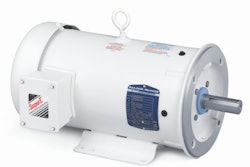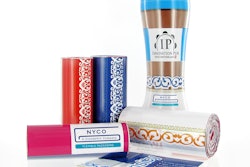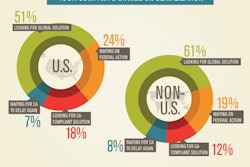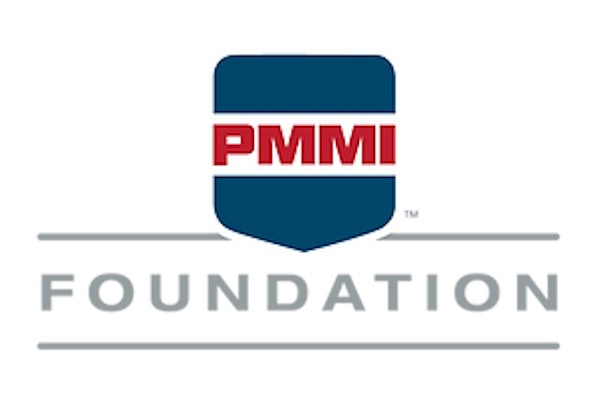
What a fabulous information asset packaging is these days. Given a machine-readable unique identifier, a package can be used to anchor information to specific physical objects. This allows correlation with customer inquiries, demand, sales, and distribution—not to mention smartphone price comparisons.
That brings us to Big Data. Many see it as a burgeoning “third force” (after governments and religions) that will reshape society and the global economy. While these claims may be overblown, packaging professionals should be aware that there may well be ways to utilize on-package data to evolve in directions worth considering. Here are two.
Package as profit center. Packaging is usually seen as a utilitarian item designed to have an appealing appearance while being cost-minimized in production. Few recognize that the data it carries has immediate external value at nearly all points in the distribution and use chain.
If the package not only provides a carrying place for generic product data but can carry a machine-readable unique identifier, why not have it generate revenue streams from what is now a stream of free data? While this would involve other complexities, it would also provide an economic incentive for the collection and trading of data about products, distribution, and consumer interaction. It would also provide for a robust understanding of marketing, distribution, sales, use, and potentially even recycling.
Monetizing information in this way is a continual challenge. Advertising revenue (“per-click charges”) drives big online players such as Google, but there are also large metrics and information gathering companies such as Acxiom that create value from consumer information that is already being collected from UPC codes, credit card data, customer loyalty cards, and related sources. There is value both in this information itself and in its “granularity”—the extent to which it can be broken into small, specific, useful parts. The algorithms to correlate and integrate are continually evolving, but the raw resource for much of this is currently given away on the surface of the package itself in the information it conveys.
Package as economic metric. Economics and government fiscal policies currently rely on some fairly arcane calculations based on abstract quantities that are often described as “a market basket of consumer goods and services.” With a better understanding of the flow, cost, and timing of how these goods are actually produced, marketed, and used, the package will certainly be heard in the strategic boardroom, but it may also evolve a voice in economics, finance, and even social policies.
It’s important to keep in mind that these are large-scale systems that are currently evolving on a piecemeal basis. They’ll continue to grow and interlink as opportunities, partnerships, and understandings arise. But they will always depend on the information that packages carry in order to make it all work. The challenge yet to be overcome is how to make it pay.


























